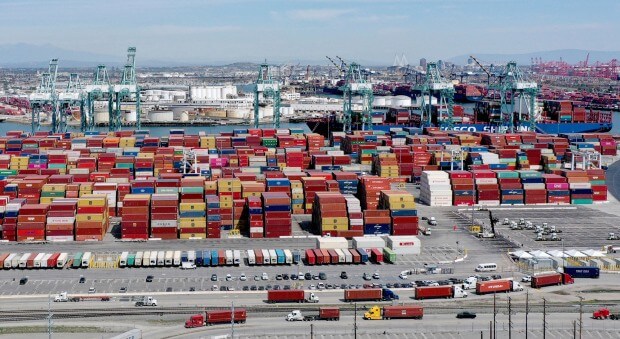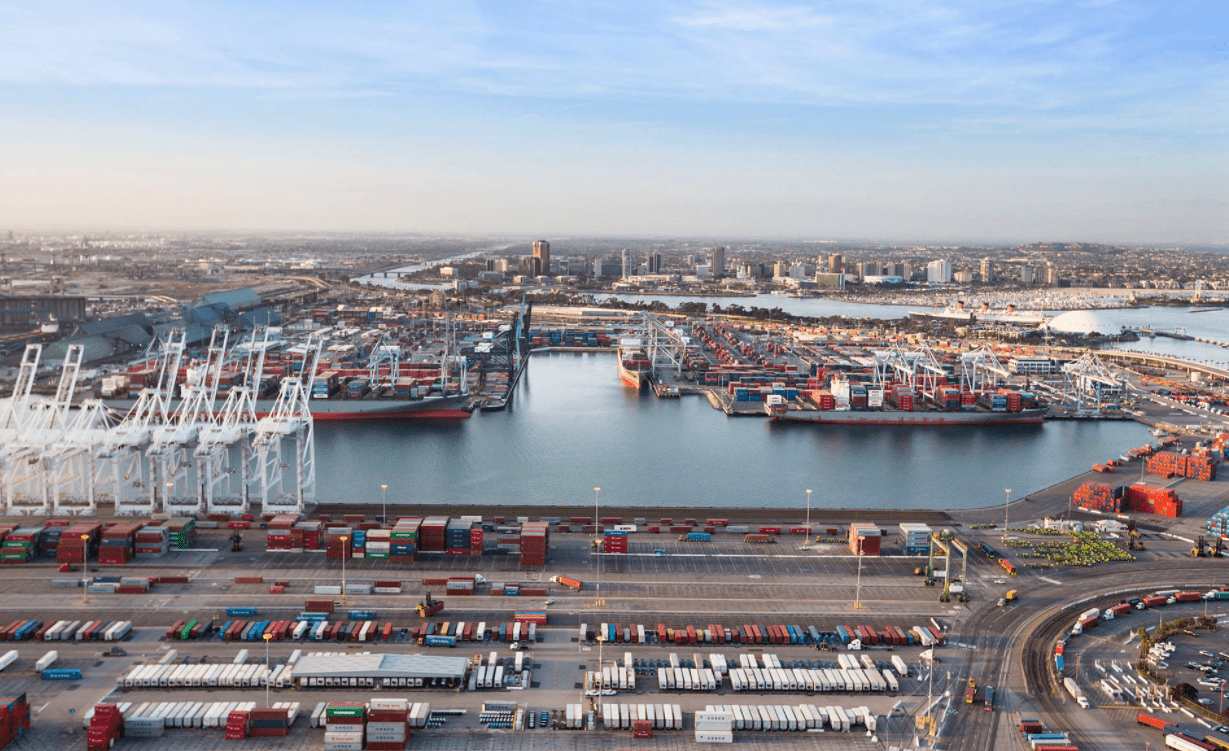
Port of Long Beach (POLB) saw its container volumes decrease slightly by 0.9% in September to 741,823 TEUs.
The Californian port said diminishing consumer demand, full warehouses and inflation concerns led to the decline.
According to the port’s data, imports decreased by 7.4% to 342,671 TEUs, exports increased by 1.9% to 112,940 TEUs, while empty containers moved through the port rose 7% to 286,212 TEUs.
Meanwhile, the major US container port has moved more than 7.3 million TEUs during the first nine months of the year, representing a growth of 3.5% from the same period in 2021.
“Consumers and retailers are concerned about inflation, leading to warehouses filled with inventory and fewer product orders from Asia,” said POLB executive director, Mario Cordero, adding, “The respite is leading to increased capacity on the docks and fewer ships waiting off the coast to enter the Port.”
Source: Container News
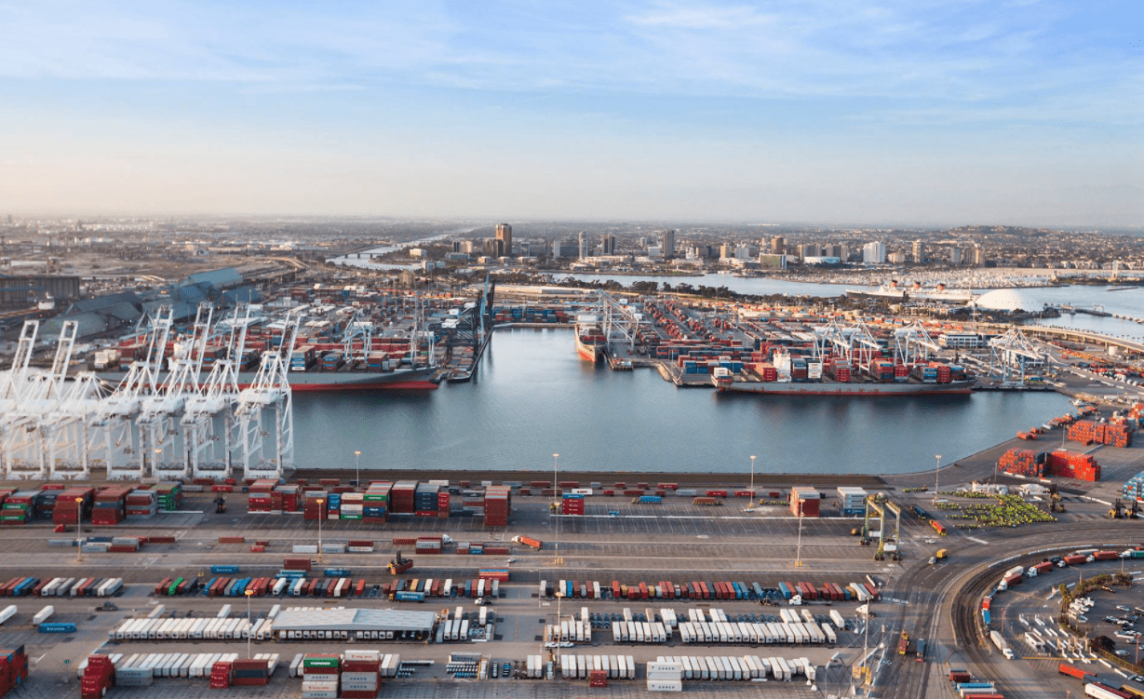
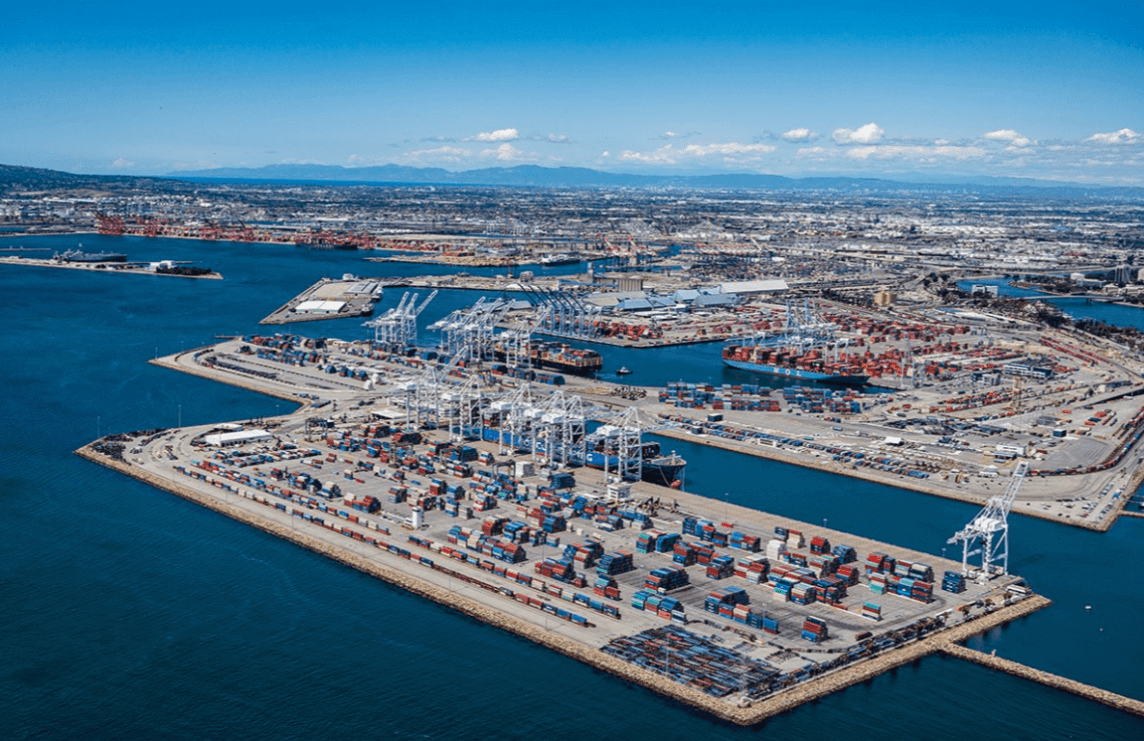

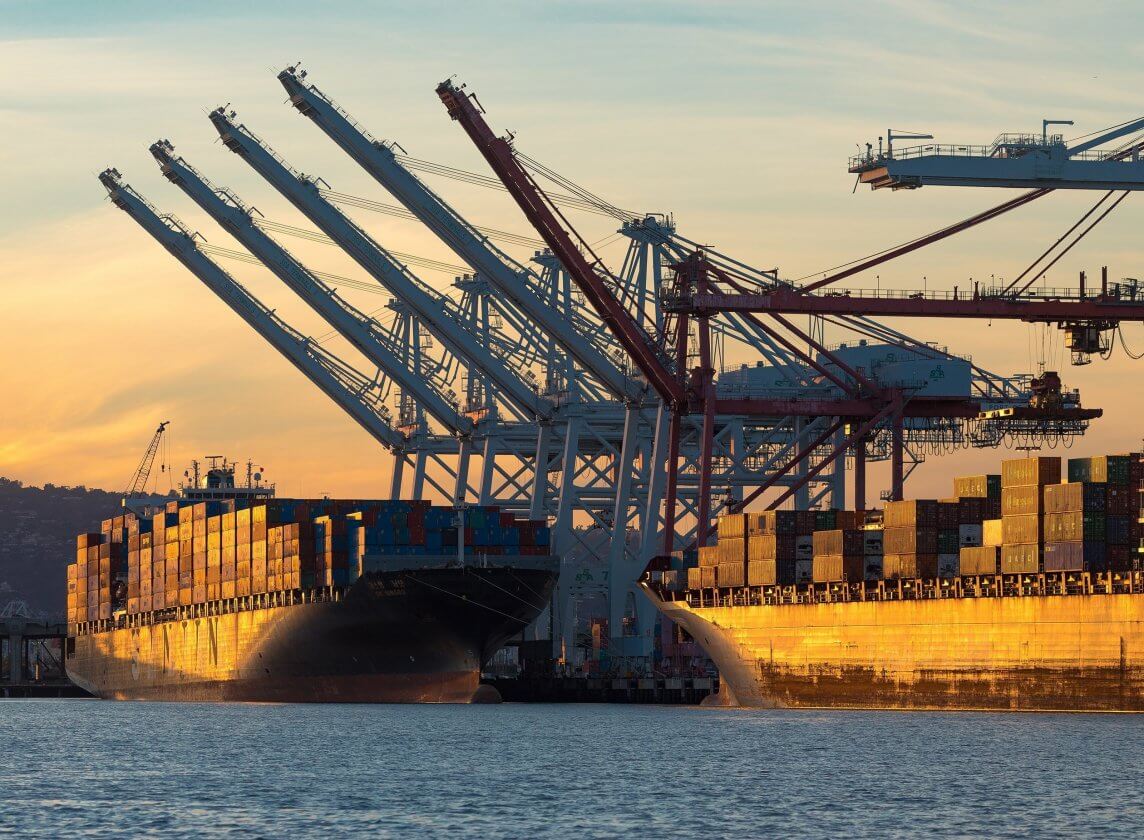
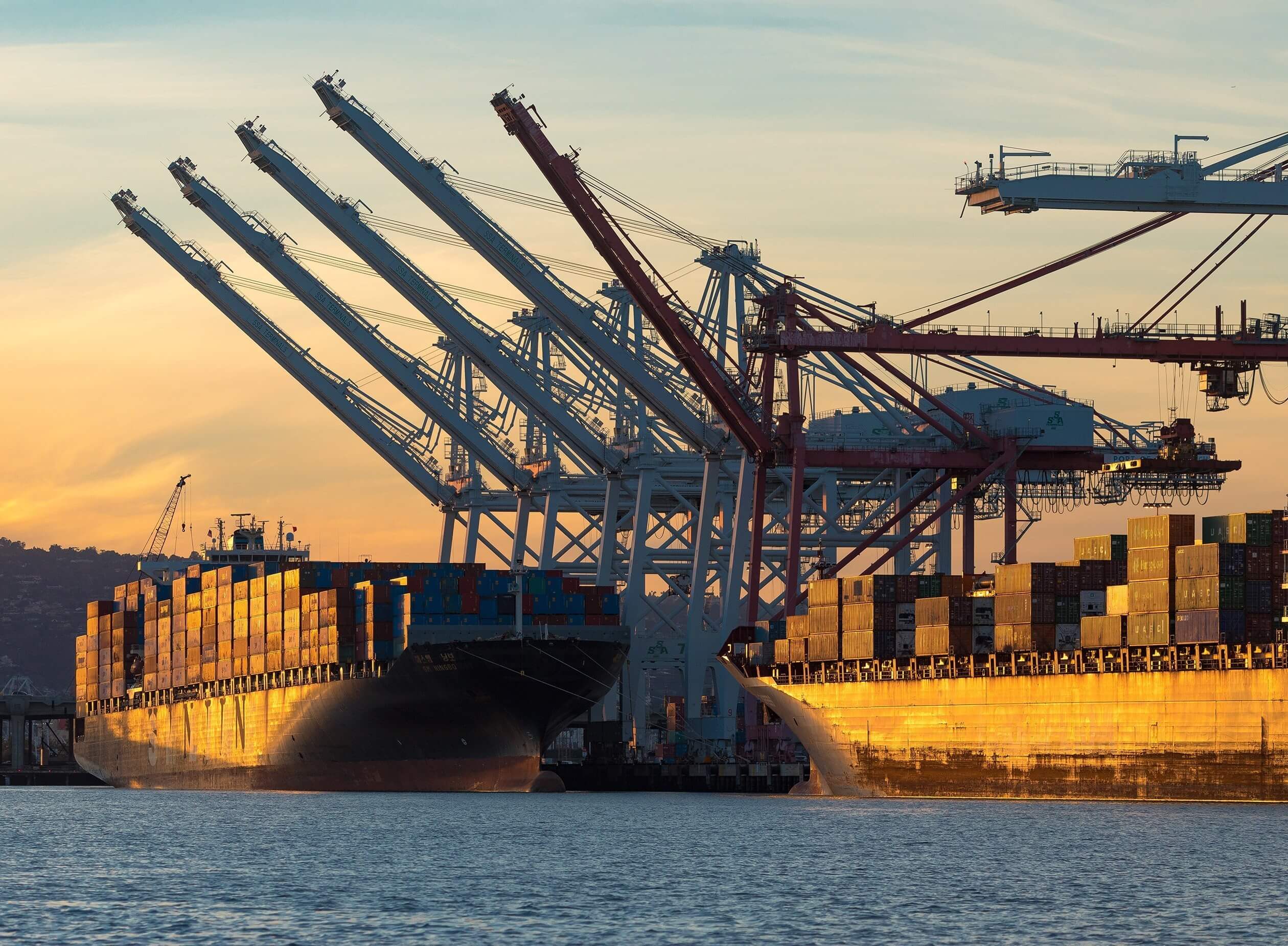 “We are moving record amounts of cargo and catching up with the ongoing surge of imports,” said POLB executive director Mario Cordero, who added, “Meanwhile, we are proceeding with measures we will need in the long term, such as development of our Supply Chain Information Highway data solution, which provides greater cargo visibility, connectivity and predictability.”
“We are moving record amounts of cargo and catching up with the ongoing surge of imports,” said POLB executive director Mario Cordero, who added, “Meanwhile, we are proceeding with measures we will need in the long term, such as development of our Supply Chain Information Highway data solution, which provides greater cargo visibility, connectivity and predictability.”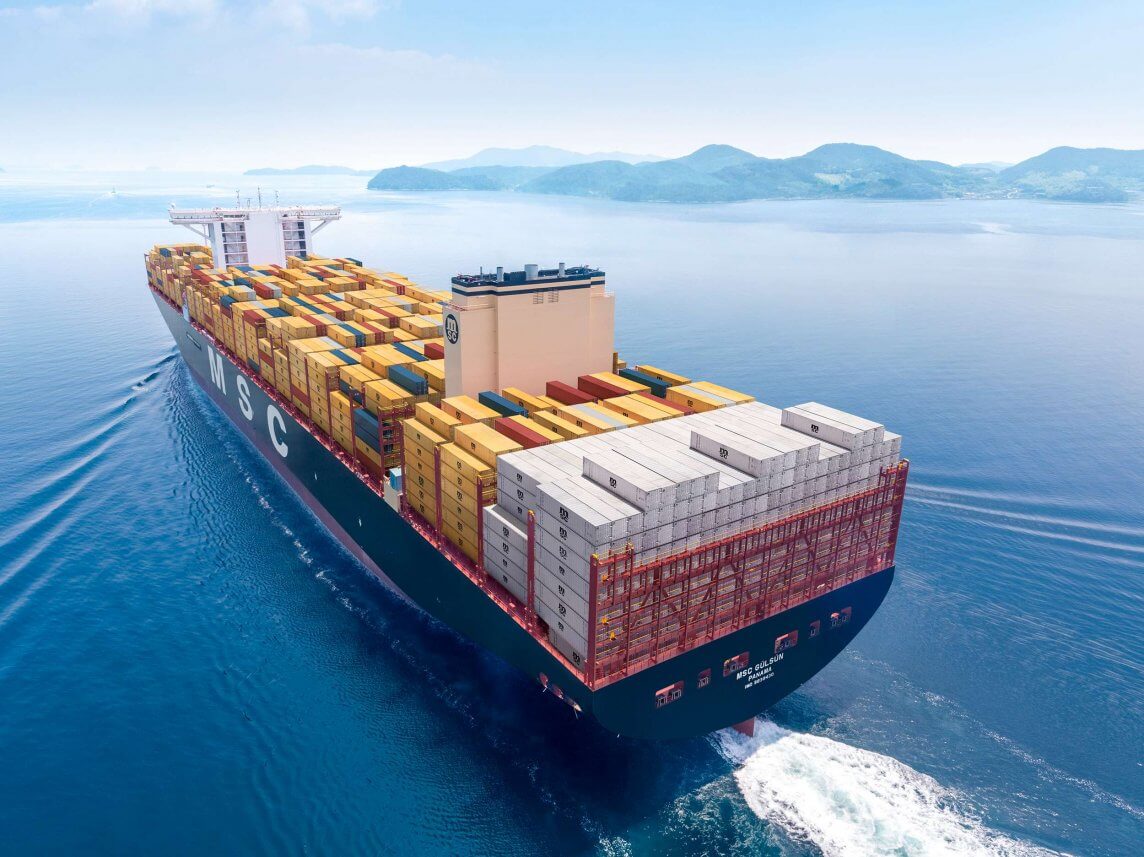
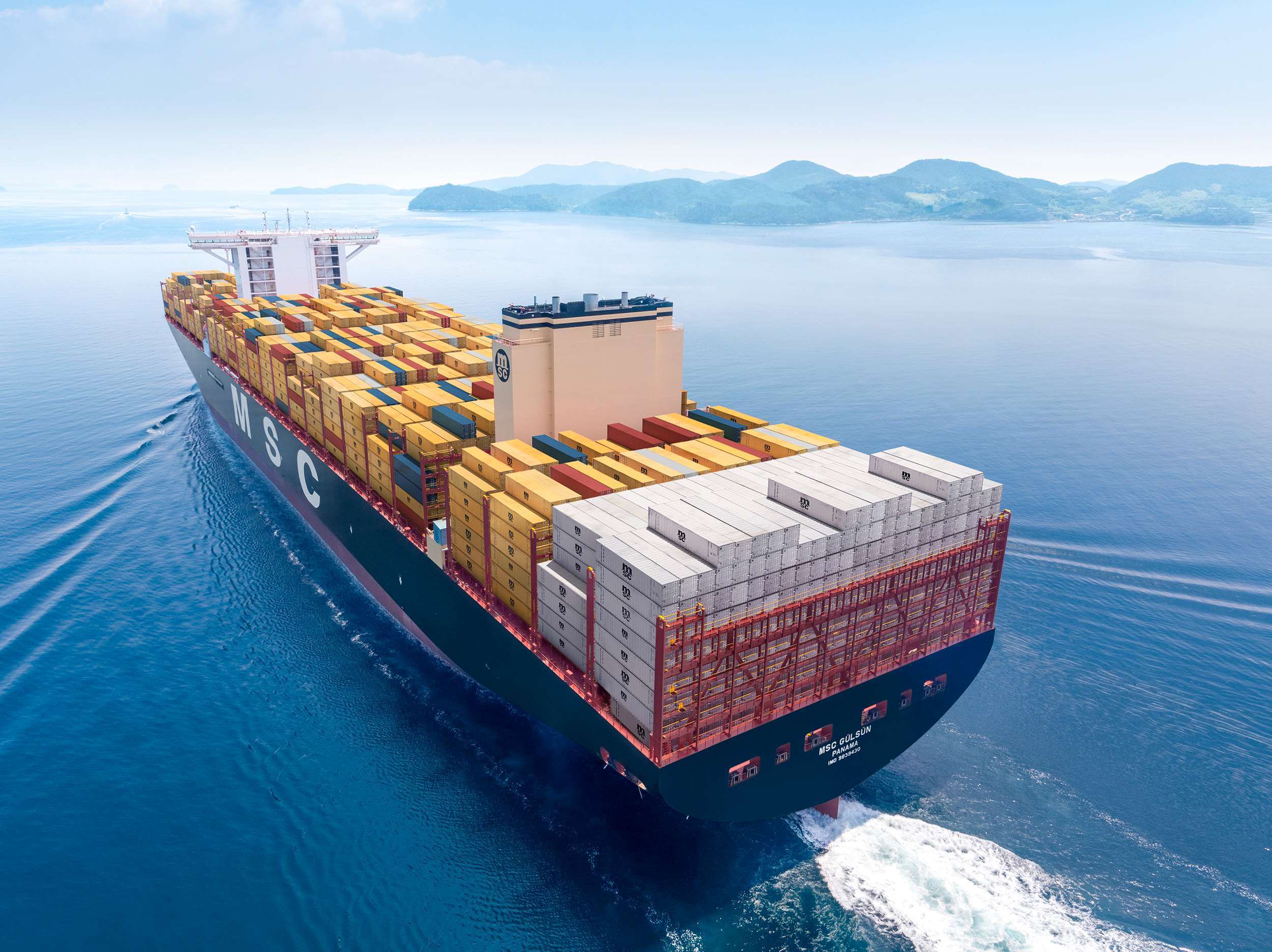 Mediterranean Shipping Company (MSC) has announced the introduction of new Freight All Kinds (FAK) rate increases that will be implemented from and to European ports and will be effective from 1 April but not beyond 30 April.
Mediterranean Shipping Company (MSC) has announced the introduction of new Freight All Kinds (FAK) rate increases that will be implemented from and to European ports and will be effective from 1 April but not beyond 30 April.